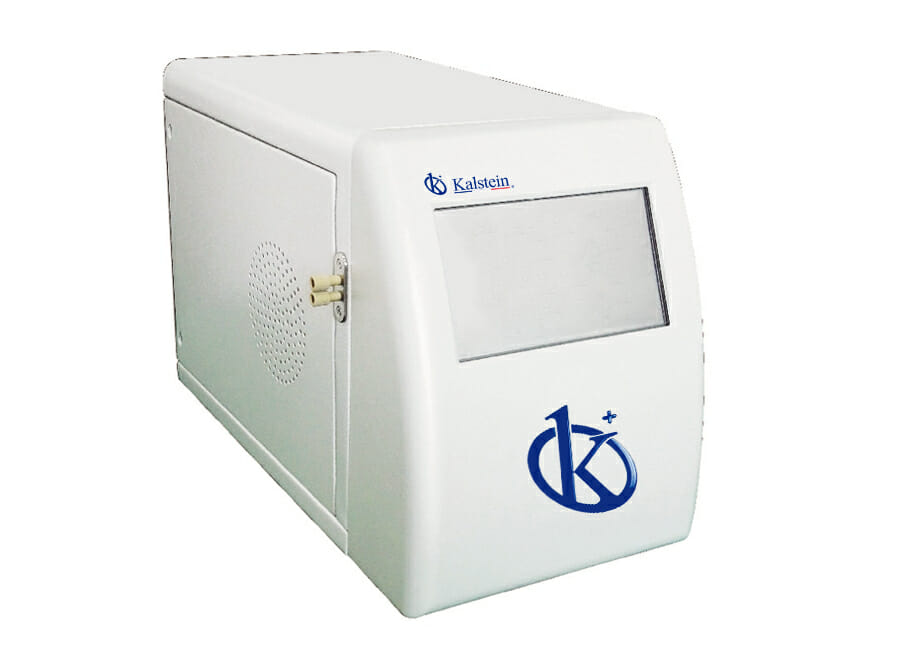In the realm of laboratory equipment, precision and reliability are paramount. The Total Organic Carbon Analyzer YR04947 – YR04948 from Kalstein and the TOC-V CPH Total Organic Carbon Analyzer from Shimadzu stand out as leaders in their field. The Kalstein TOC Analyzer is lauded for its user-friendly interface and innovative design. Built with state-of-the-art technology, it measures carbon content in samples with high accuracy. Its modular nature allows flexible adaptation to meet unique laboratory needs, making it an invaluable tool.
On the other hand, the Shimadzu TOC-V CPH is renowned for its robust performance and reliability. Known for consistent precision, Shimadzu’s TOC analyzer provides comprehensive solutions for detecting organic contaminants in water. It is equipped with advanced features such as automatic calibration and validation, ensuring efficiency in long-term operations. It comes across as a comprehensive model for labs that prioritize meticulous analytic processes.
| Feature | Kalstein YR04947 – YR04948 | Shimadzu TOC-V CPH |
|---|---|---|
| Measuring Range | 0.001 mg/L to 30,000 mg/L | 0-25,000 mg/L |
| Detection Limit | 0.001 mg/L | 4 µg/L |
| Modular Design | Yes | No |
| Automatic Calibration | Optional | Included |
| Price Range | Competitive | Higher end |
How They Work
The Kalstein Total Organic Carbon Analyzer operates on the principle of oxidizing organic carbon in a water sample to carbon dioxide, which is then measured by a non-dispersive infrared sensor. This approach ensures that each sample is analyzed with precision, making it especially useful in various industrial applications.
In contrast, the Shimadzu TOC-V CPH uses both combustion catalytic oxidation and wet chemical oxidation for detailed analysis. While it offers extensive functionality, its mechanism is more complex and may require more maintenance and oversight.
Purpose
The Kalstein TOC Analyzer is designed to simplify the monitoring of environmental parameters by providing detailed measurements of carbon in both natural and treated waters. Its versatility makes it suitable for industries ranging from pharmaceuticals to environmental monitoring, ensuring water quality standards are met effectively.
Types
TOC Analyzers, such as those offered by Kalstein and Shimadzu, typically fall into two main categories: laboratory benchtop models and portable units. While both have their own benefits, the choice between them often depends on the specific needs and space constraints of the laboratory environment.
Market Price
On the market, prices for Total Organic Carbon Analyzers can vary widely based on functionality, brand reputation, and additional features. The Kalstein model is positioned competitively, catering to labs seeking high-quality equipment without a hefty price tag. In contrast, Shimadzu’s offering is a premium product, priced at the higher end due to its elaborate feature set and brand prestige.
Frequently Asked Questions
What is the typical detection limit for TOC Analyzers?
Detection limits can vary between models. The Kalstein Analyzer has a detection limit of 0.001 mg/L, allowing for extremely precise measurements.
Are these analyzers suitable for pharmaceutical applications?
Yes, both Kalstein and Shimadzu analyzers are widely used in the pharmaceutical industry for quality control and compliance with environmental regulations.
Is user training required to operate these devices?
While training can enhance user proficiency, the Kalstein TOC Analyzer is noted for its intuitive interface, reducing the learning curve for new operators.
Advantages and Disadvantages
The Kalstein Total Organic Carbon Analyzer stands out for its modular design and competitive pricing, offering flexibility and affordability. Its powerful detection capabilities make it suitable for a broad range of applications. However, some users may prefer the built-in automatic calibration feature of the Shimadzu model, albeit at a higher cost and with a potentially steeper maintenance demand.
Field Usage
In practical terms, the Kalstein TOC Analyzer has shown exceptional performance in various settings. Laboratories that need versatile equipment benefit from its adaptability and precise measurements, making it a preferred choice in dynamic environments. Meanwhile, Shimadzu devices are more common in stable lab setups where complex operational features can be fully utilized.
Recommendations
For best results, it’s recommended that users regularly calibrate the Kalstein analyzer and ensure proper sample handling to maximize accuracy. Investing in additional training for staff can also aid in leveraging the device’s full potential, enhancing data accuracy and operational efficiency.
If you’re seeking a fusion of innovation and quality, you’ve come to the right place. At Kalstein we offer you the luxury of exploring our exclusive catalog of laboratory equipment. We manufacture each piece of equipment with a level of excellence. Our intuitive and agile online shopping channels are designed for your convenience, ensuring the friendliest prices. Don’t hesitate any longer, we bring science to life, it’s time to be part of our community. https://kalstein.it/product/total-organic-carbon-analyzer-yr04947-yr04948/.

